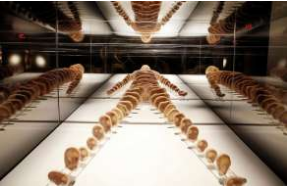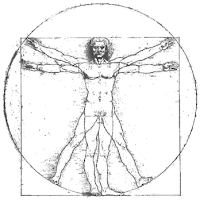Week 4: MedTech + Art

The most obvious evidence of art in the medical world comes in the form of anatomy, where artists and medical professionals have worked rigorously on correctly identifying the internal structure and makeup within different species. This overall structure includes muscles, bones, organs, and ligaments. While doctors have performed the experiments required to correctly identify the overall structure of bodies, artists are required to actually realistically and accurately represent what doctors have proven from experiment. One example of such artistic reconstruction can be seen at the Bodies Exhibit, which displays 13 whole body human specimens at the Luxor in Las Vegas (Luxor.com). Bodies Exhibit The advent of computational technological advancement has allowed for further reconstruction and imaging of internal body structure. Some examples of such imaging includes X-Rays, MRIs, and CAT scans. I, personally, have undergone dozens of X-Rays a...



